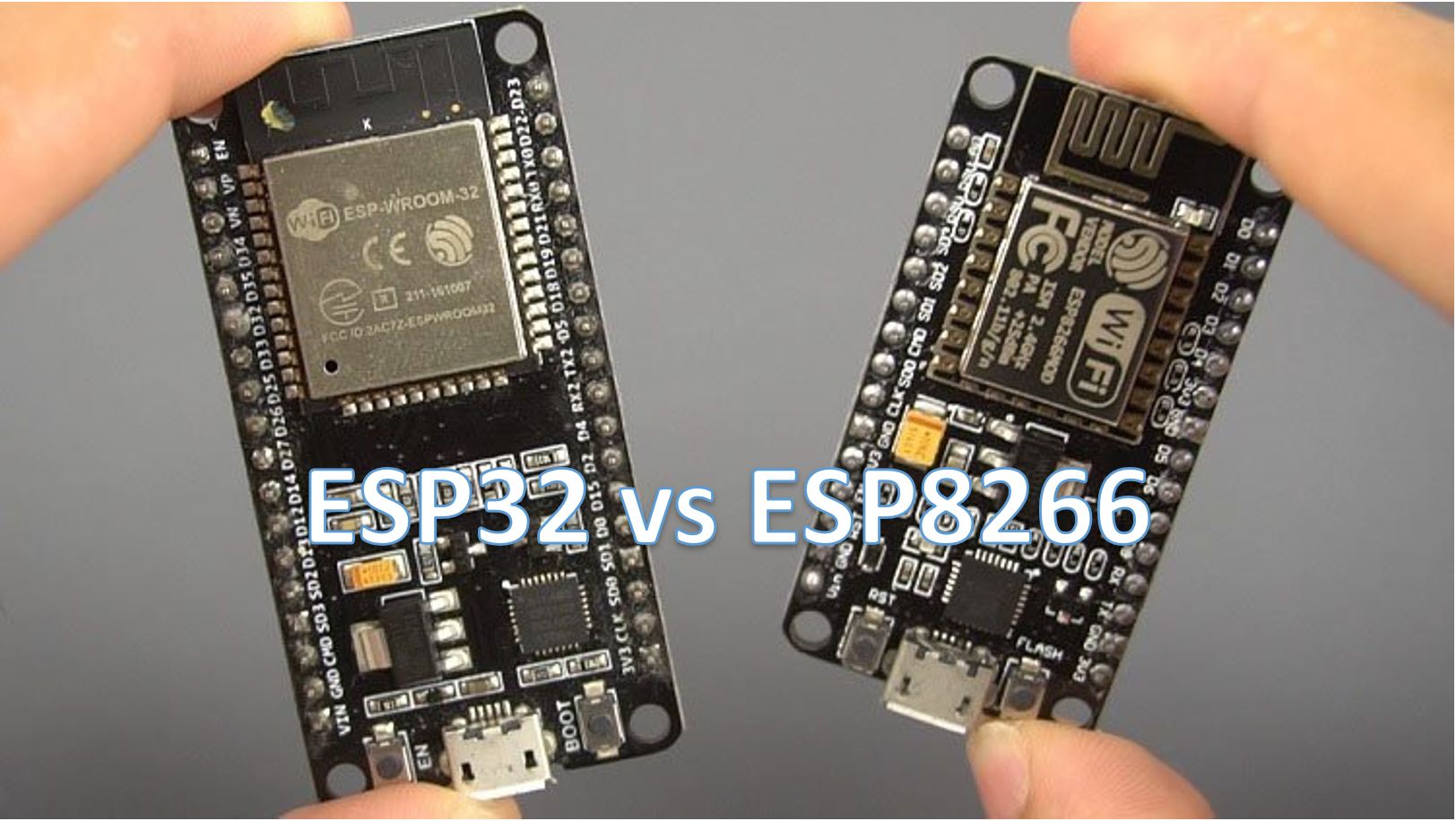ESP8266 vs ESP32: Unveiling the Best Choice for Your IoT Project
When it comes to embarking on an IoT (Internet of Things) development journey, selecting the right hardware platform is paramount. Two widely acclaimed contenders in this arena are the ESP8266 and ESP32 development boards, both hailed from the Espressif Systems stable. In this comprehensive comparison, we delve into the standout features of each board to empower you in making a well-informed decision tailored to your IoT aspirations.
ESP8266: The Compact Workhorse
The ESP8266, a compact yet formidable development board, has garnered a strong following due to its simplicity and budget-friendliness. This microcontroller-based gem provides an excellent starting point for IoT ventures that require fundamental connectivity attributes. Here’s a closer look at what the ESP8266 brings to the table:
- Wi-Fi Connectivity: An integral feature of the ESP8266, its built-in Wi-Fi capabilities facilitate seamless connection to the internet and other devices. This makes it an apt choice for tasks involving remote sensing, data monitoring, and home automation.
- GPIO Pins: Despite its diminutive dimensions, the ESP8266 boasts a commendable array of General-Purpose Input/Output (GPIO) pins, making hardware interfacing and sensor integration a breeze.
- Memory: The ESP8266, while laudable, does come with a potential limitation in terms of memory capacity. Projects entailing extensive data processing or intricate algorithms might face constraints due to its limited memory.
- Low Power Consumption: Noteworthy for its energy efficiency, the ESP8266 shines in battery-powered applications that demand optimal power usage.
ESP32: Power-packed Performance
Taking the reins from its predecessor, the ESP32 emerges as a powerhouse in the IoT development arena, offering an array of advanced features. It retains the virtues of the ESP8266 while ironing out its limitations. Here’s what makes the ESP32 a standout choice:
- Dual-Core Processor: The ESP32 takes a leap forward with a dual-core processor, delivering enhanced processing prowess. This leap is a boon for tasks necessitating multitasking or real-time processing.
- Wi-Fi and Bluetooth: Going beyond its predecessor, the ESP32 encompasses both Wi-Fi and Bluetooth capabilities. This amplifies the potential for IoT devices to communicate seamlessly with an array of gadgets, from smartphones to fellow IoT contrivances.
- Ample Memory: The ESP32 addresses the memory constraint of the ESP8266, presenting a larger memory pool that can adeptly handle intricate algorithms, voluminous datasets, and resource-intensive tasks.
- Versatile Peripheral Set: Packed with an extensive gamut of peripherals—such as touch sensors, SPI, I2C, and UART interfaces—the ESP32 facilitates effortless hardware integration, thereby widening the horizon of potential applications.
- Ultra-Low Power Co-processor: Elevating the energy efficiency game, the ESP32 incorporates an ultra-low power co-processor. This clever component tackles low-level tasks while the primary cores hibernate in deep sleep mode, further slashing power consumption.
Navigating the Crossroads: Making the Right Choice
In the grand scheme, both the ESP8266 and ESP32 shine bright, each with its unique strengths. Your decision hinges on the specific demands of your IoT endeavor. Should you be engaged in a rudimentary project necessitating elementary connectivity, the ESP8266’s compact form and economical price tag might be the prime attraction. However, if the project blueprint demands amplified processing might, expansive memory, and diverse connectivity options, the ESP32 emerges as the clear frontrunner.
Your compass, in this case, rests on evaluating your project’s scope, power requisites, and feature prerequisites. Regardless of your chosen path, both the ESP8266 and ESP32 are formidable instruments that hold the potential to transform your IoT visions into tangible reality.


Leave a Reply